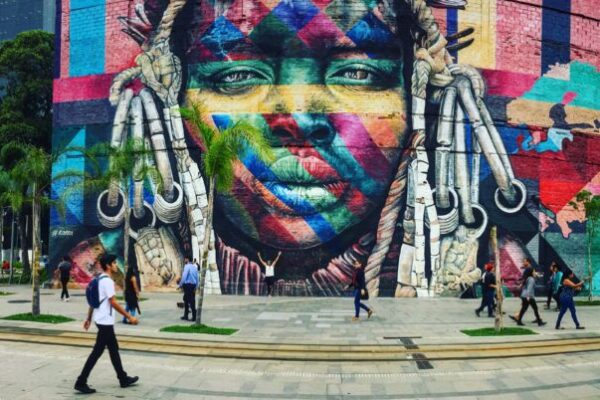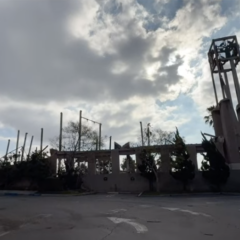This reporting guide was originally published on Religion Link, with the support of CRCC’s global project on engaged spirituality.
When asked to make predictions about newswriting for 2021, Kevin D. Grant, co-founder & chief development officer of the nonprofit news organization GroundTruth Project, forecasted the end of “parachute journalism.”
For both practical and ideological reasons, Grant believed the practice of sending journalists into a community they are unfamiliar with to tell a story after traveling and then leave, often on a tight deadline, would — or at least should — come to an end.
Grant wrote of this foreign correspondence model:
[Parachute journalism] evokes a vivid image: An out-of-towner arrives by air, perhaps without much preparation or knowledge. Upon landing, he or she does their best to manage local language, currency, transportation, and communication, all while likely nursing jetlag. The parachute journalist might rely on a “fixer” — a local journalist with knowledge and connections who may not receive any credit on the final product. Or the visiting reporter might go it alone, inevitably missing critical context and possibly key facts.
Observers like Grant suggest that beyond the costs of travel and logistical issues in a post-pandemic world, parachute journalism can result in superficial and unoriginal reportage with little or any contextual depth. Sometimes, it can produce reports riddled with errors or strained relationships between the reporter and their local “stringers.” These shortcomings are compounded when complex topics like religion, spirituality and ethics are added to the mix.
While parachute journalism’s weaknesses may be evident, news organizations can be reticent to pay for the upkeep of expert foreign correspondents or can be wary to employ local reporters in U.S. diaspora communities without extensive vetting.
Nonetheless, news organizations should strive to cover every community with accuracy, nuance and sensitivity. Such coverage is especially important given the risks and prejudices marginalized and vulnerable religious communities face in the U.S. and abroad.
In this Reporting Guide, we focus on how “ethnographic journalism” might provide some solutions for religion newswriters looking to report on such communities with critical sensitivity.
Table of Contents
- What is ethnographic journalism?
- Isn’t this just “good journalism?”
- But this isn’t *real* ethnography…right?
- Ethical issues to consider
- Reporting tips and best practices
- Resources for further exploring ethnographic journalism
Click here to read the full reporting guide on Religion Link.
Ken Chitwood is an affiliate with the USC Center for Religion and Civic Culture.





